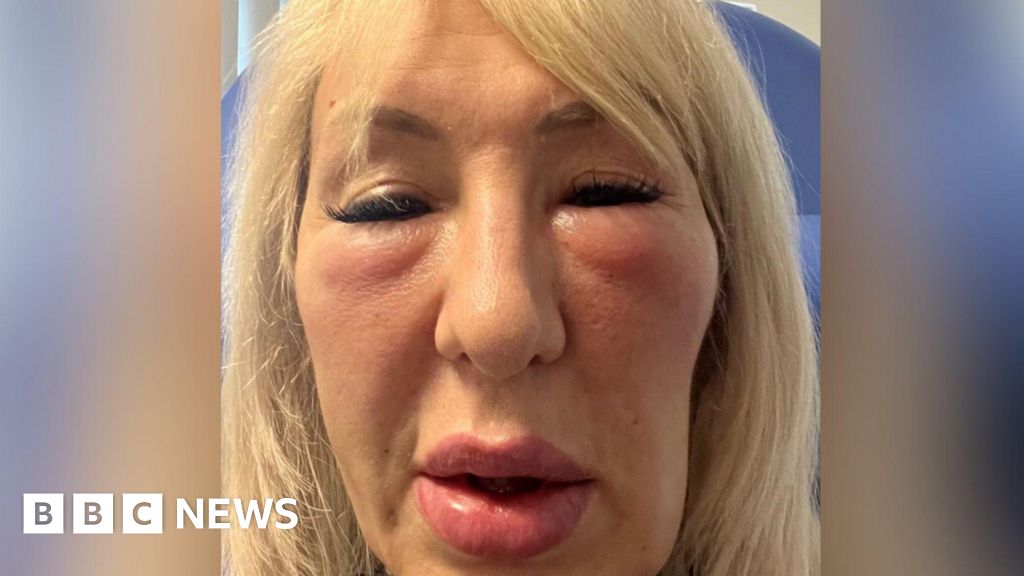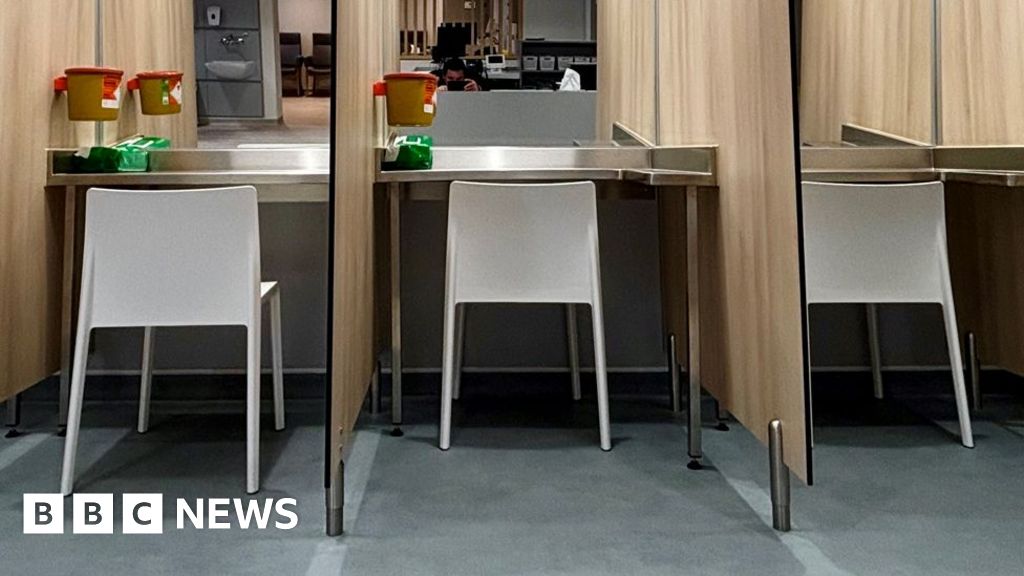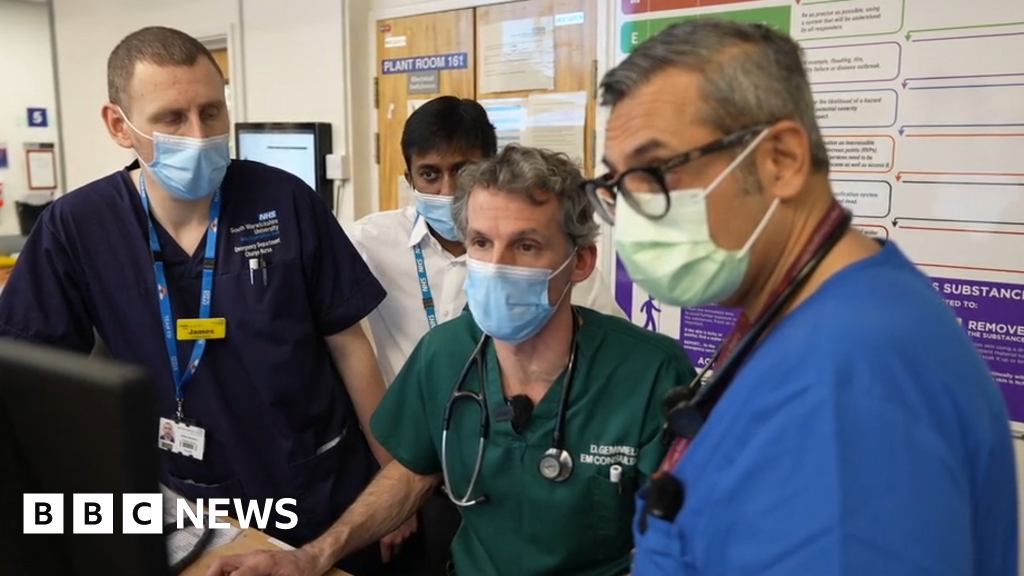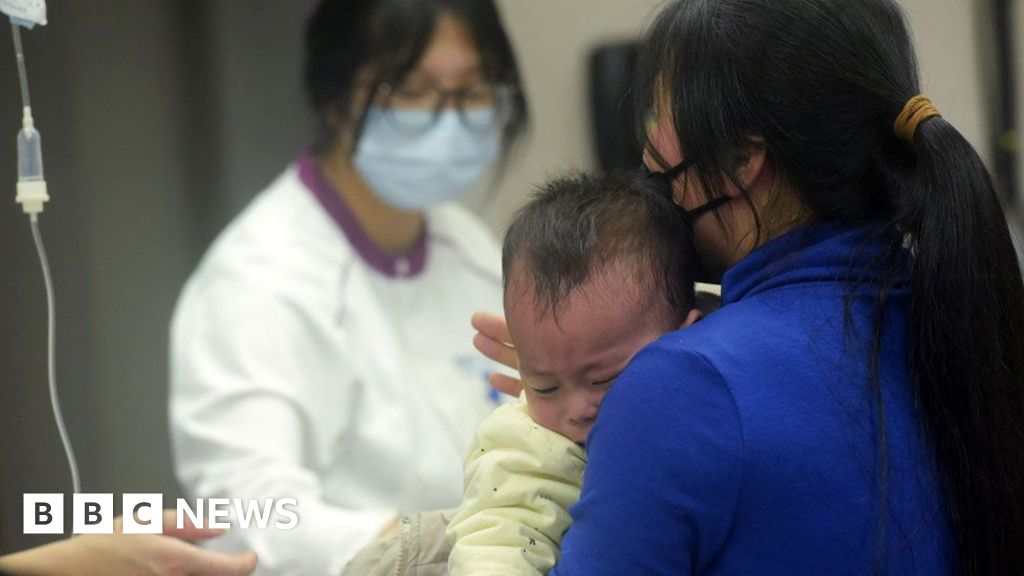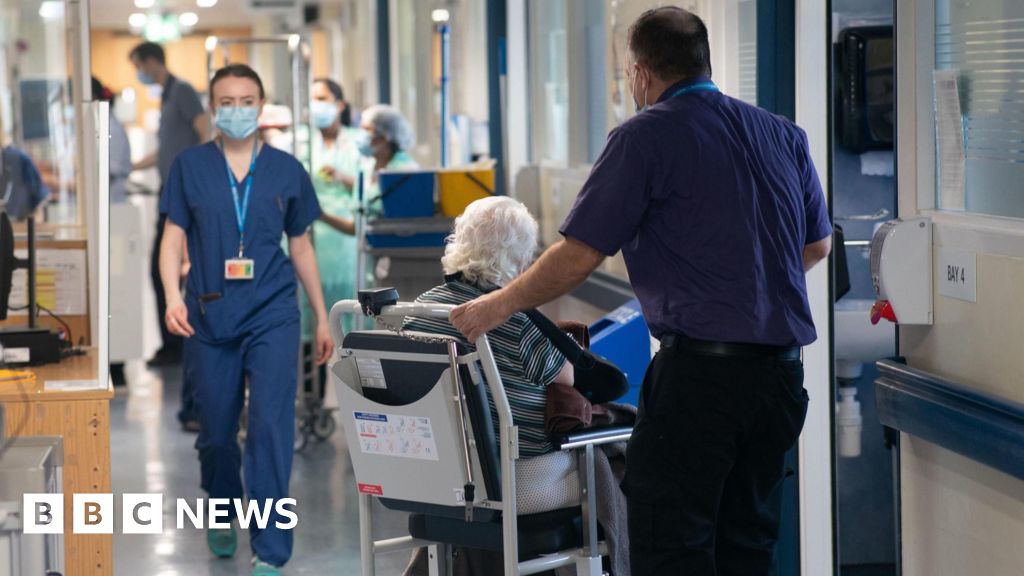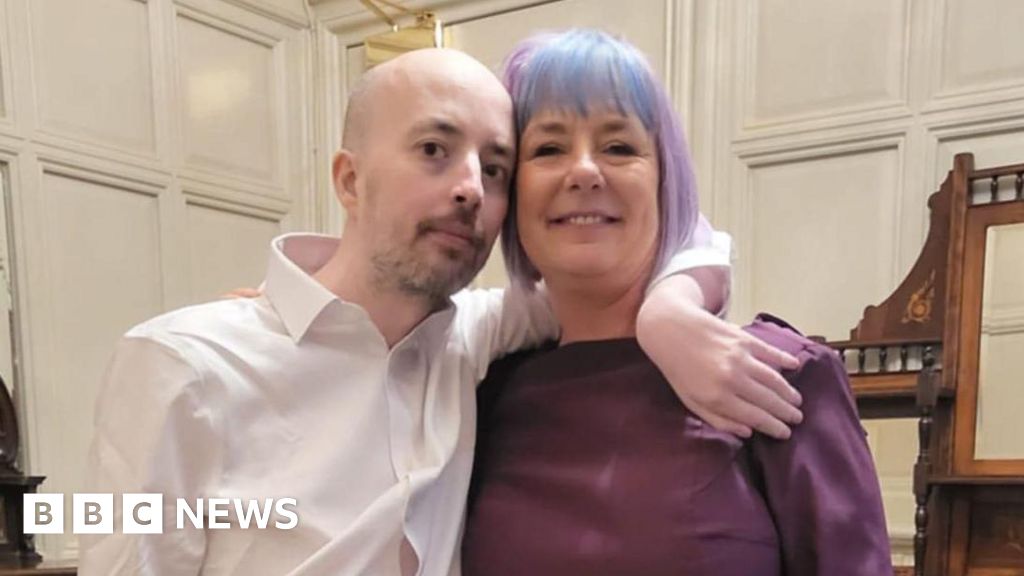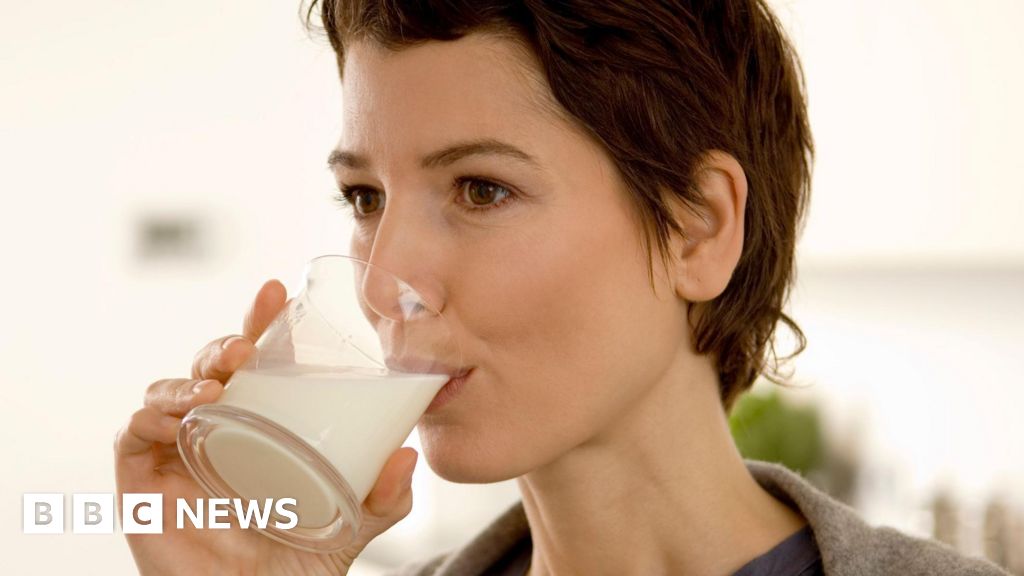 Image source, Getty Images
Image source, Getty Images
By Sean Coughlan & Vicky Wong
BBC News
The Duchess of York has been diagnosed with malignant melanoma following the removal of a cancerous mole during treatment for breast cancer.
Sarah Ferguson had several moles removed and analysed while having reconstructive surgery following a mastectomy, her spokesman said.
The duchess "remains in good spirits", despite it being "distressing" to have another cancer diagnosis.
She is the third royal to announce a medical procedure this week.
Her spokesperson said: "Her dermatologist asked that several moles were removed and analysed at the same time as the duchess was undergoing reconstructive surgery following her mastectomy, and one of these has been identified as cancerous.
"She is undergoing further investigations to ensure that this has been caught in the early stages.
"The duchess wants to thank the entire medical team which has supported her, particularly her dermatologist whose vigilance ensured the illness was detected when it was.
"She believes her experience underlines the importance of checking the size, shape, colour and texture and emergence of new moles that can be a sign of melanoma."
The statement also thanked the private medical team that supported the royal during her treatment.
According to sources close to the duchess, she is back in the UK after initially recuperating in Austria.
A second cancer diagnosis within six months is clearly a great challenge to deal with, say sources, but she is a resilient person and is getting the care and support of her family.
The duchess has shown a remarkable ability to bounce back from adversity.
Last year, she had a diagnosis of breast cancer, following a routine mammogram screening.
The duchess was very public about her treatment, urging other women to get checked and using her podcast to raise awareness about breast cancer, wanting it to be a positive message to save others.
She went on to have a single mastectomy at King Edward VII hospital in London, a private clinic used by senior royals.
In the autumn, in her latest reinvention, she made guest appearances as a presenter on ITV's This Morning, in a career that has also seen her become a successful author.
And having not been invited to the Coronation in May, at Christmas the duchess appeared at Sandringham, walking to church with the rest of the Royal Family for the first time more than 30 years.
The 64-year-old was married to the Duke of York, Prince Andrew, for 10 years before they divorced in 1996.
They continue to share a home at Royal Lodge - a property owned by the Crown Estate at Windsor Great Park.
They have two daughters - Princess Beatrice, 35, and Princess Eugenie, 33 - and three grandchildren.
On Wednesday, Kensington Palace confirmed that the Princess of Wales would stay in hospital for up to two weeks after undergoing planned abdominal surgery.
Kensington Palace said the procedure was successful but that the princess was not expected to resume royal duties for months, and would remain in hospital for up to two weeks.
The palace did not disclose further details about Catherine's condition but said it was not cancer-related.
Shortly after that announcement, Buckingham Palace said the King would receive treatment for a benign prostate condition and would visit an undisclosed hospital in the coming days.
It is thought the King wanted to share his diagnosis with the public to encourage other men who may be experiencing symptoms to get checked.
What is melanoma?
Melanoma is a type of skin cancer that can spread to other parts of the body. The main cause is ultraviolet light, which comes from the sun or sunbeds.
Factors such as age, pale skin, a large number of moles, and a family history of skin cancer can increase an individual's chances of developing melanoma.
Signs to look out for include a new mole, a change in an existing mole, large moles, and even moles that are either an uneven shape or a mixture of colours.
The NHS says people who notice new moles, changes to existing moles, moles that are painful, itchy, or bleeding are encouraged to contact their GP.
Individuals can lower their chances of developing melanoma by covering arms and legs when exposed to the sun and wearing sunscreen.
 (1).png)
 11 months ago
14
11 months ago
14
